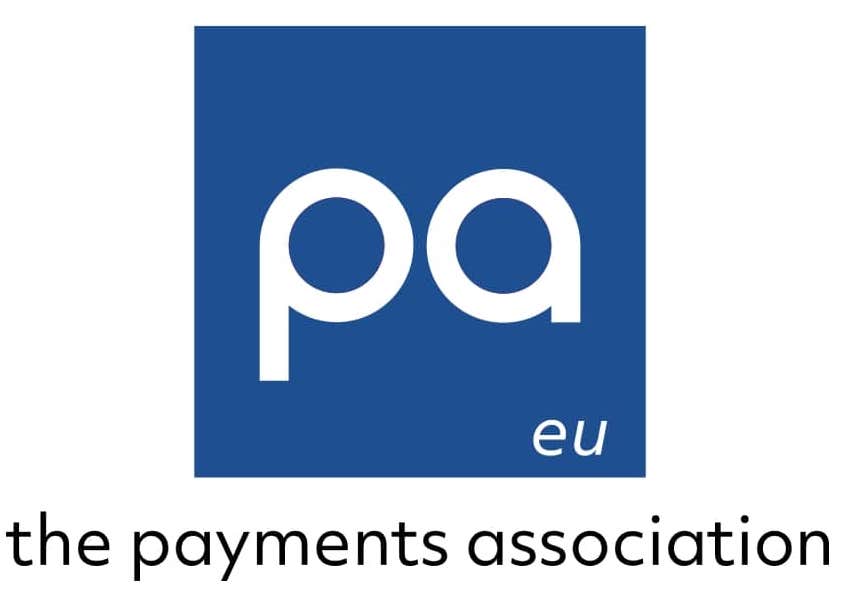Press release - A New Era for Money: Green Paper outlines a digital future for the pound
February 08, 2022
New paper advocates for closer public-private collaboration to advance exploration of a digital currency in the UK, before a real-world pilot of ‘digital pound’ (dSterling)London, UK – 9 February 2022: Project New Era, a ground-breaking initiative in the UK led by The Payments Association (formerly The Emerging Payments Association (EPA)), paywith.glass and other private industry stakeholders, supported by Boston Consulting Group (BCG) as its consulting partner, today announces the publication of the Green Paper report ‘A New Era for Money’. The paper advocates for a first of its kind collaboration between central banks, regulators, commercial banks and other financial institutions (FIs) towards the exploration of a retail Central Bank Digital Currency (CBDC) in the UK. The Green Paper will be followed by real-world pilots to address open design questions and mitigate risks. The pilots will generate working data and feedback that central banks and policymakers can use to inform open design questions and enable relevant authorities to make policy decisions.CBDCs have emerged in recent years in response to the decline in cash payments, the search for payment efficiencies and the emergence of private digital currencies, such as cryptocurrencies and stablecoins. Most central banks are currently researching CBDCs with The Bahamas, Cambodia and Nigeria already launching full implementations. China is expanding its pilot of a ‘Digital Yuan’ to tens of millions of users and India has recently announced a Digital Rupee, expected by 2023.The primary benefits of CBDCs include near-instant settlement, the potential for reduced transaction costs, enhanced security and programmable payments - a new breed of automated payment. Secondary benefits like financial inclusion vary in materiality by country; while monetary policy implementation and countering the threat of stablecoins with a CBDC are yet to be established. The report suggests there is potential for a CBDC to power an alternative, regulated digital currency ecosystem that could otherwise be filled by privately issued alternatives such as stablecoins.“Much has been written about the challenges posed by a retail CBDC, including the macroeconomic risks like bank disintermediation and the role of commercial banks and other FIs in the new ecosystem,” comments Kunal Jhanji, Managing Director and Partner at BCG. “These challenges require the public and private sectors to come together and create an inclusive framework for new infrastructure, legislation and policy that resolves open questions and responsibly unlocks the transformative benefits of digital money for the UK.”Other important considerations from the research, include:
- Cryptocurrency and stablecoin exchange volume growth have both been >1000% across 2020-21, further indicating the potential for CBDCs .
- Central bank CBDC research and broader topic interest is intensifying in response: ~90 central banks analysed are publicly exploring aCBDC, with a focus on retail applications and three full launches.
- ~70% of these central banks remain in a research phase, with limited public-private initiatives and experimentation.
- Central banks can bring the industry together with an inclusive roadmap for public-private collaboration to address open questions, risks and intended roles left to commercial banks and other financial institutions.
- Retail payments: Delivering benefits of faster payment settlement and potential to reduce transaction costs for merchants. Programmability enabling innovative use cases like conditional payments, and near-instant pay-per-use micropayments.
- Cross-border transactions: Enabling near-instant settlement, reduced transaction costs, and enhanced payment traceability compared with existing solutions. Exploring interoperability requirements in order to future-proof the digital financial market infrastructure (Digital FMI)
- Tokenisation-as-a-Service: Providing infrastructure for future use cases that enables private organisations on the Digital FMI to tokenise and transact assets for use in closed ecosystems with customers or suppliers. The assets can be financial, utility-based, or physical.
- Servicing Payment Institutions (PIs) and Electronic Money Issuers (EMIs): Enabling PIs and EMIs to use the dSterling as a secure, liquid asset with regulatory acceptance for safeguarding. The asset also enables access to an alternative payment rail, given challenges in the industry around non-bank access to banking.

